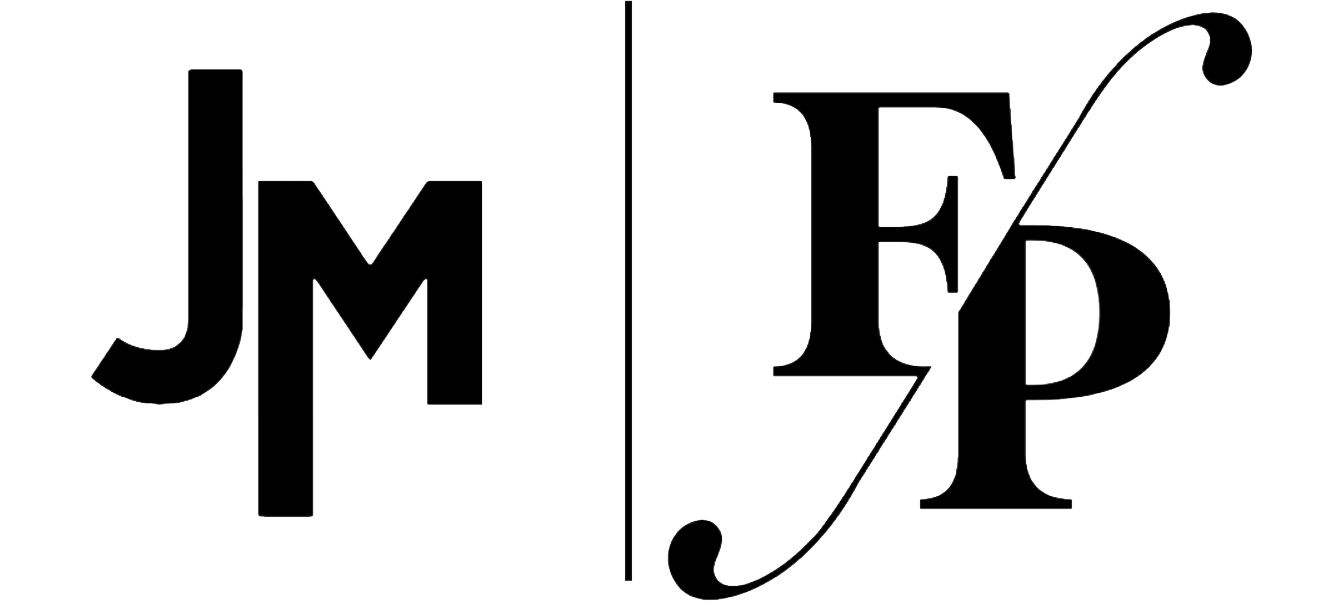Common Homeowners Insurance Misconceptions Explained

Josh McEwen
As a RE/MAX agent, I’m dedicated to helping my clients find the home of their dreams...
As a RE/MAX agent, I’m dedicated to helping my clients find the home of their dreams...
Homeowners insurance often gets overlooked until there's a crisis—a tree crashing through the roof, a burst pipe flooding your basement, or worse. It's at these times we realize the reality of our insurance policy versus our assumptions. Various myths exist about homeowners insurance, so let's clarify them to help you make well-informed decisions about protecting your home.
Myth #1: Homeowners Insurance Covers Everything
One widespread belief is that homeowners insurance covers every type of damage or disaster. While policies generally offer broad protection, exclusions do apply. Standard policies typically do not cover the following:
- Flood damage. Separate flood insurance is needed, usually through the National Flood Insurance Program (NFIP) or private insurers.
- Earthquake damage. This is available as an add-on or a separate policy from most insurers.
- General wear and tear or maintenance issues. Insurance is meant for sudden and accidental damage, not gradual deterioration from neglect or aging.
- Sewer backups. Coverage for sewer or drain backups often requires an additional rider.
Understand your policy well to know what's covered and what's not.
Myth #2: My Home is Insured for Its Market Value
Many homeowners assume their insurance should match what their home would sell for on the market. In reality, insurance is based on the cost to rebuild, not the home’s resale value. Market value includes factors like land and location, while replacement cost focuses on materials and labor to reconstruct the home as it was before the damage occurred. Given the fluctuating construction costs in Amador County, review your policy regularly to ensure adequate coverage.
Myth #3: If Someone Gets Hurt on My Property, It’s Always Covered
Liability coverage within a homeowners policy does protect you if someone is injured on your property, but there are conditions. If the injury is due to negligence—such as an ignored, rotting deck railing that finally gives way—you might face lawsuits exceeding your policy limits. Additionally, injuries related to home businesses often aren't covered under standard policies.
Myth #4: My Policy Covers My Valuables Fully
Most homeowners policies have coverage limits for expensive items like jewelry, artwork, collectibles, electronics, and firearms. Standard policies provide some protection but often have per-item or category caps lower than your belongings' true value. For high-value items, consider a scheduled personal property endorsement or rider to ensure they are fully insured.
Myth #5: I Don’t Need Additional Insurance Because I Work from Home
With many people in Amador County working remotely, there's a misconception that homeowners insurance fully covers work-related equipment and activities. Standard policies may offer limited coverage for business property, but often with low value limits and no protection for employer-owned equipment.
Key Coverage Gaps:
- Limited coverage for work equipment. Your policy may only reimburse up to a certain amount and might not cover employer-owned equipment at all.
- No business liability protection. If a client, customer, or delivery person is injured on your property, you could be personally responsible.
- Business inventory may not be covered. If you store products or materials at home, your standard policy likely won’t protect against theft, fire, or other damage.
How to Stay Protected:
To make sure you’re fully covered in this scenario, you can consider the following options and decide which is right for you:
- Home-based business policy. Offers broader protection for business property and liability.
- Business property endorsement. Increases coverage limits for work-related equipment.
- Commercial liability coverage. Protects against lawsuits if someone is injured while visiting for business purposes.
If you work from home, check with your insurer to ensure you have the right coverage—before an unexpected loss occurs.
Myth #6: Homeowners Insurance Covers Mold and Termite Damage
Mold and pest damage are generally considered preventable maintenance issues, not sudden and accidental damage, which is why most policies don’t cover them. If mold results from a covered peril—such as water damage from a burst pipe—your policy may help pay for remediation. But if the mold is due to long-term humidity or leaks that weren’t addressed, you’re likely on your own.
Myth #7: If My Neighbor’s Tree Falls on My House, They Pay for It
This one surprises a lot of people. In most cases, your insurance covers damage to your property, regardless of where the tree came from. However, if your neighbor was negligent—like if they knew the tree was dead and did nothing about it—you might be able to file a claim with their insurance or take legal action.
Myth #8: Filing a Claim Always Leads to Higher Premiums
This isn't always the case. Insurance companies consider various factors when adjusting rates, including your claims history, claim type, and location. A single small claim might not affect your premium much, but frequent claims can raise your rates. Weigh repair costs against your deductible before deciding to file a claim.
Final Thoughts
Homeowners insurance is essential, but it's not one-size-fits-all. Understanding what your policy covers can help you avoid unpleasant surprises. Unsure about your coverage? Sit down with your insurance agent to review and ensure you have the right protection in place.
Have questions about homeowners insurance and its impact on your real estate decisions in Amador County? Let's discuss them.
Thinking about selling your home?
Get in touch. We'll guide you through every step of the process to ensure a smooth transaction that meets your goals.

.png)

